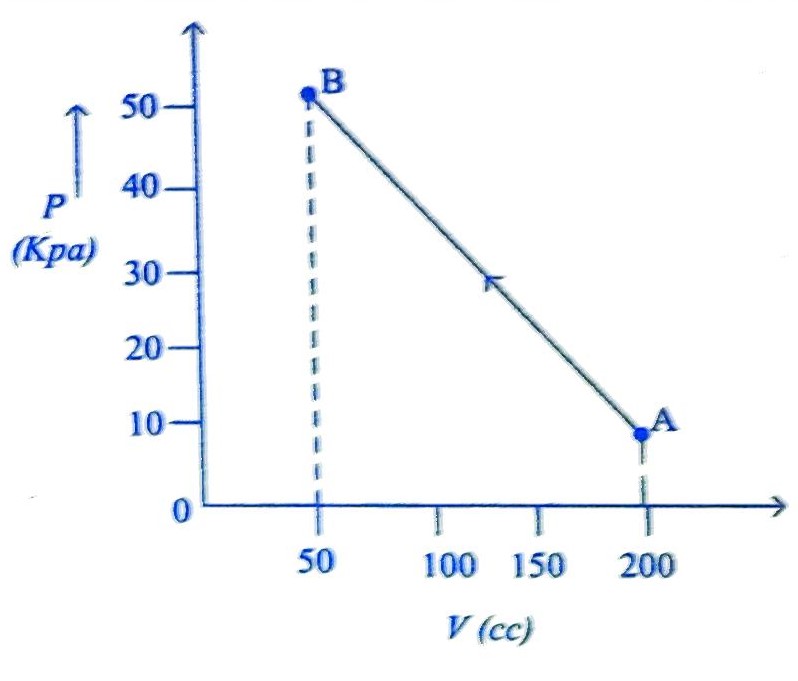Correct answer is (A)
To find the change in internal energy, we need to consider both the heat added during the process and the work done during the process.
First, let's calculate the heat added () to convert 1 kg of water at 100°C into steam at 100°C using the latent heat of vaporization:
where and :
Next, let's calculate the work done () on the system during the process. The work done is given by:
where
is the atmospheric pressure and
is the change in volume. We are given that the
atmospheric pressure is
, and the change in volume is
.
Now, we can calculate the work done:
Finally, we can find the change in internal energy () using the first law of thermodynamics:
Substitute the values of and :
The change in internal energy of the system during the process is +2090 kJ.
